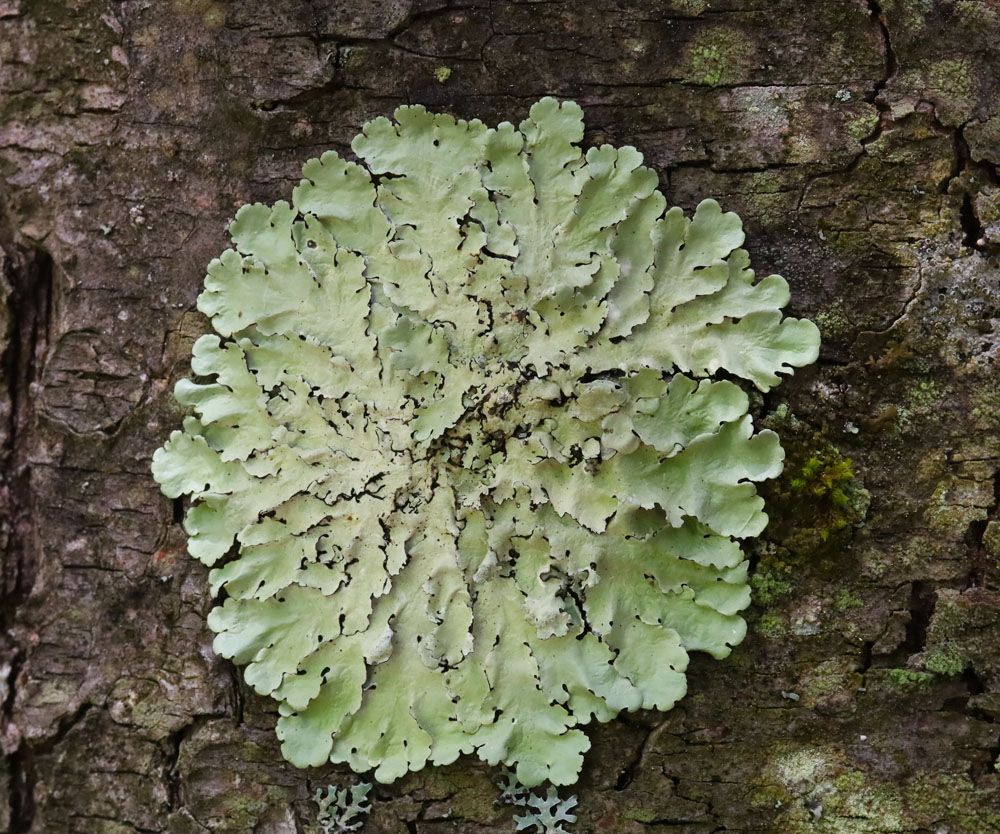
Algae, Lichen and Moss
Algae, Lichen and Moss
Algae, lichens and moss are non-parasitic plant-like bacteria that populate bark, rock and other hard surfaces. Lichens and algae are frequently misdiagnosed as fungal diseases, yet they do not affect the plants about which they grow.
Algae:
Algae belong to a different kingdom (Protista) than plants and fungi. Algae come in a variety of colours: green, brown, red, and gold. They can survive on their own in both salt and fresh water, as well as in any environment when they’re part of a lichen association. Green algae are the most basic of all green vegetation. They may be found practically everywhere with enough moisture, and they can be found in large numbers. The weather in western Washington and Oregon is favourable for algae development since it is cool, gloomy, and rainy. Algae create “scum” on ponds and moist parts of lawns in vast quantities.
Lichens:
Lichens are a complex living form resulting from a symbiotic relationship between two organisms: a fungus and an alga. The fungus is the dominant partner, providing most of the lichen’s traits, from its thallus form to its fruiting bodies. Lichens are plants that grow on soil, tree trunks and branches, and rock surfaces. Lichens are made up of two parts: a fungus and algae that coexist to provide the appearance of a single plant. The majority of lichens seen on trees and bushes are grey to green in colour. Lichens can be found on soil, tree trunks and branches, and rock faces. They’re only found in water on rare occasions. Lichens, like algae, produce their nourishment. They come in various shapes and sizes, including crusty grey, green, yellow, and white growths.
Moss:
Mosses are green plants that imitate algae but have a more complicated structure like stems and leaves. They’re usually soft and grow on the bottom of a moist forested area or rock in an intermittent stream. Moss might be described as a green mat that you would lay on your entrance. Mosses, like other plants, produce their food through photosynthesis, yet they lack blooms and seeds. Mosses, like other plants, produce their food through photosynthesis, yet they lack blooms and seeds. Instead, they release spores or multiply when a piece of moss breaks off and settles in an ideal growing location.
Damages:
Algae, lichens, and mosses thrive in wet environments because they require moisture for growth and reproduction. They grow slowly and take more time to colonise, unlike moss and algae. Lichens love pure air. Thus they’re more abundant in rural regions.
Several factors favour the presence of such growths on branches and twigs.
- Trees or shrubs that have lost their vitality, especially those that are starting to die back. In these situations, the growth of lichen, in particular, is sometimes blamed unjustly for a plant’s poor state.
- Neglected trees and bushes, mainly where the branches have gotten congested. On the other hand, Lichens and moss may sprout on robust young plants in wet environments and are relatively widespread in the UK’s western regions.
- Moisture-loving mosses and lichens may colonise the side of tree trunks facing the prevailing wind and rain.
- Algae may colonise the shaded side of tree trunks, giving them a grey or rusty-red look.
